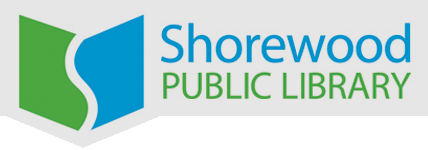Posted Aug 12, 2020
This year has offered many stark reminders of how deeply racism and inequities are ingrained in our society. Whether exemplified by overt acts of discrimination and malice or subtler expressions of unconscious bias, racism has seeped into our laws, institutions, business practices and social interactions. The seemingly “feel good” world of children’s book publishing is no exception.
UW-Madison’s Cooperative Children’s Book Center (CCBC) has been tracking diversity, or lack of, in children’s book publishing for decades. In 1985, of the estimated 2,500 children’s books published in the United States, only 18 were by Black authors or illustrators. In 2000, of approximately 5,000 children’s books published in the U.S., only 96 were by Black authors or illustrators. Only 201 books featured African American characters. By 2018, of the 3,653 books reviewed by CCBC staff, 202 books were by Black authors or illustrators and 405 featured African American characters. The numbers were even less for Latinx, Asian Americans and Indigenous Americans.
While the number of books created by diverse authors and illustrators increased 34% from 2017 to 2018 and continues to increase, there is still work to be done. The United States population is approximately 40% non-white, yet books by diverse authors account for only 15% of the books published for children and teens. The large majority of books for young readers still reflect a white middle-class experience. That bias in publishing is detrimental to both children of color and white children.
At its best, literature can validate our sense of self while providing insight into the world around us. All children need to see themselves and their life experiences reflected in the books they read. Those portrayals must be genuine to be impactful. The most authentic and powerful literature is created by authors who have lived it and are telling their stories in their own voices. Authentic literature also provides exposure to experiences and cultures different from our own. Such books have been shown to be important tools to help us develop understanding, empathy and appreciation for others.
Just as books can show us “another side”, they can also highlight our common ground. Realistically portraying children of diverse backgrounds sharing similar experiences, whether they be sibling rivalry, new schools, social insecurities or first love, helps bridge the gaps between "us and them." That is a first step in creating connections that build community.
As we confront the racism, inequity and lack of inclusion that still exists in our communities, Shorewood Public Library is committed to developing collections that celebrate diversity and represent a variety of life experiences and viewpoints. We want all children to feel seen, heard, and valued.
Diverse and Inclusive Book Resources for Parents and Educators
Cooperative Children’s Book Center
Teaching Books Diverse Book Finder
Shorewood Library Kids’ Read - Recommended book lists including Race and Racism, Black Lives Matter - Picture Books, Black Lives Matter - Chapter Books, Stories of Protest
Share This:
